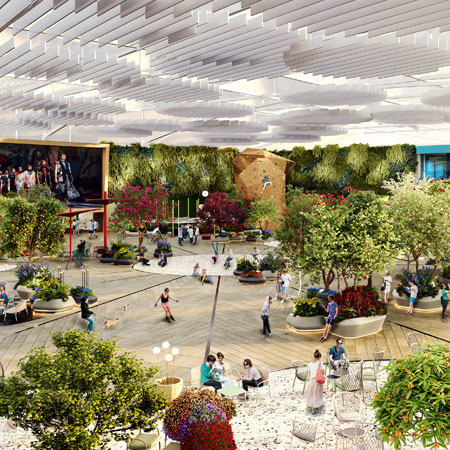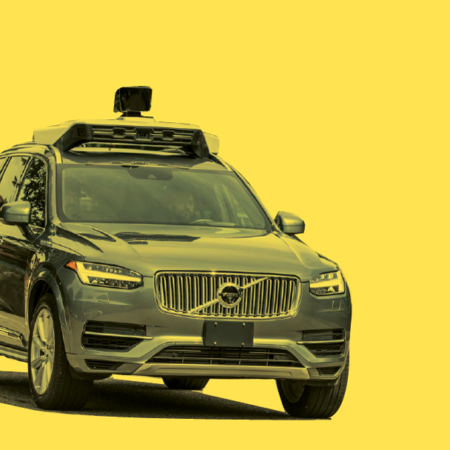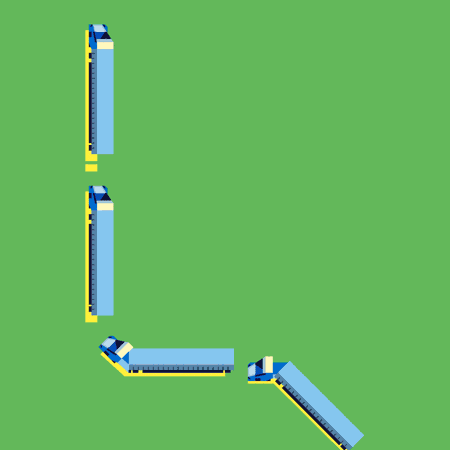1. Multi-level pioneer
Prologis Georgetown Crossroads, Seattle, US
This three-floor, 54,777 sq m industrial warehouse is just minutes from downtown Seattle. The first of its kind in the US, the building features truck ramps leading to loading docks on the second level, and a third floor for lighter-scale warehouse operations, served via forklift-accessible freight elevators.
2. Micro (electric) machines
DPD Westminster, London, UK
A former car park in central London has become parcel delivery company DPD’s first all-electric distribution centre. From this 464 sq m facility, 2,000 parcels a day will be delivered by all-electric vehicles exclusively to the capital’s SW1 postcode area. The site also includes a pick-up shop allowing customers to collect and return parcels. The company expects to open seven more micro all-electric units across the city. A second London depot, in Shoreditch, has already been secured.
3. Rising high
Goodman Interlink building, Tsing Yi island, Hong Kong
Developed by Goodman in 2012, this building contains 223,000 sq m of warehouse space across 22 floors and houses international tenants such as DHL, fashion retailer Net-a-Porter and Yusen Logistics. The first 15 floors are fully accessible by vehicles and the remainder by goods lifts. The true impact of this building in real estate terms is only now being felt as other cities around the world start to address the issues around urban logistics that Hong Kong has already tackled.
4. Policy matters
Government intervention, China
China is planning to build 150 logistics hubs by 2025. This is an example of how policy intervention will impact real estate markets and facilitate logistics development in the future. There will be six types of hub: inland harbour, cargo port, airport, service-orientated port, commerce and trade-orientated port, and inland border ports. Automated vehicles and drones will be used to increase express capabilities for air, high-speed rail, cold-chain and rural e-commerce.
5. Distribution. Now!
Amazon, Barcelona, Spain
In 2016, Amazon took a lease on the city-centre former headquarters of publishing house Editorial Gustavo Gili. Part of the appeal was the building’s large basement, which can store 20,000 of Amazon’s most commonly ordered products. More than 100 people work in the facility, preparing orders from the Amazon Prime Now app for delivery across Barcelona within two hours.
6. Boats, trains and automobiles
Paris Air2 Logistique, Paris, France
This tri-modal site has been let, in part, to IKEA and is an example of how modern logistics requirements are working in urban environments. The 63,000 sq m building is built over two floors and will allow the brand to transport goods using electric vehicles to central Paris and the western suburbs. The Port de Gennevilliers location will also allow distribution of goods via the River Seine, which will reduce potential delivery delays caused by traffic congestion. Plus, the site benefits from easy access to the rail network, making the scheme ready for future urban-logistics requirements.
7. Record breaker
Sunset Industrial Park, Brooklyn, New York, US
Plans are in place to demolish the site’s existing brick industrial buildings and replace them with a 120,000 sq m, four- floor warehouse, the largest multi-storey warehouse in the US. The Park is located close to the Verrazzano-Narrows Bridge, and within a one-hour drive of 13 million consumers. Its design allows trucks to access all four floors, with more than 11m clearance height on the first two floors and 8.5m clearance on the top two, comparable with other single-storey units.




